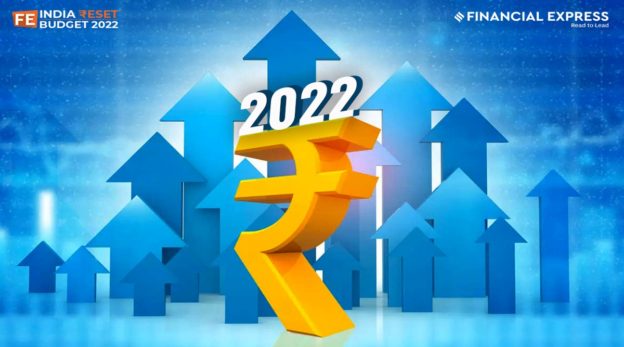A 35% increase in public capital expenditure to 7.50 lakh crore, which further goes up to10.58 lakh crore when assistance provided to states is concerned, is just what the economy needed at a time when recovery is under way.
The pandemic undoubtedly impacted the economy, but as is evident from the numbers, there has been a smart turnaround thanks to decisive steps taken by the central government to use it as an opportunity to bring about change by focusing on infrastructure. The government’s agenda of self-reliance, or ‘Atmanirbhar Bharat’, is predicated on a revitalised manufacturing sector, and this is evident in the Union Budget for 2022-23. A very tangible effect, of course, is the boost it will provide to employment, which is a key metric.
Finance Minister Nirmala Sitharaman has been pragmatic while drafting the Budget, and has seized the opportunity arising from buoyant tax revenues to carve out a comprehensive, forward-looking growth agenda. A 35% increase in public capital expenditure to Rs 7.50 lakh crore, which further goes up to Rs 10.58 lakh crore when assistance provided to states is concerned, is just what the economy needed at a time when recovery is under way. Moreover, steps such as the credit guarantee trust, which will facilitate Rs 2 lakh crore credit for MSMEs, extension of the ECLGS till March 2023 along with an additional outlay of Rs 50,000 crore directed at the hospitality sector, will provide much-needed relief; MSMEs will also benefit from revamping of Raising and Accelerating MSME Performance (RAMP) programme.
Three sunrise sectors — renewable energy, defence manufacturing, and electronic manufacturing — have been identified to bring about global competitiveness. PLI scheme focusing on renewable energy would be introduced with allocation of Rs 19,500 crore to encourage domestic manufacturing of solar panels. Provision of 68% of the capital procurement budget for procurement from domestic industry will promote manufacturing and employment and reduce dependence on imports. Finally, concessional duty on mobile parts is intended to augment domestic capability. Additionally, the plan to manufacture 400 Vande Bharat trains would give a big boost to the overall manufacturing ecosystem. Another positive measure is the extension till March 2024 of the concessional tax incentive of 15% applicable to new manufacturing units.
There is clarity about the impact that enhanced outlay on infrastructure has in not only catalysing economic growth, but also in driving consumption through large-scale employment opportunities. There is a focus on resolving bottlenecks in major projects while tactically developing rural, urban, industrial and services infrastructure for a post-pandemic economy. Infrastructure development under the aegis of Gati Shakti will address the issues of infrastructure, reverse logistics, technology upgradation, and integration with informal sector. NHAI has been tasked with developing 25,000 km of expressway in FY23 with an outlay of Rs 20,000 crore. Logistics parks would be strategically developed at four locations under PPP model, and 100 new cargo terminals would be developed in the next three years. Railways would also develop projects to synergise with agenda for development of MSMEs and farmers.
While ease of doing measures have had a salutary impact in freeing up industry to focus on growth, it is also important to address the cost of doing business given the 400-500 basis points disadvantage vis-à-vis competing economies on logistics cost, just to name one area. In this context, the focus on infrastructure development will have a significant impact in the times to come besides the immediate effect.
The Union Budget has looked to not just address the issue of accelerating economic recovery and making it more broad-based, but also aimed at being transformative, which is what India needs in its march towards becoming a $5-trillion economy. While maintaining the underlying commitment to fiscal responsibility, it was imperative for the FM to take a bold approach, which is precisely what she has done.
https://www.financialexpress.com/budget/booster-dose-for-a-post-pandemic-economy/2425446/





